Deck & Commander Strategies

Zirda, the Dawnwaker
Generate and buff token creatures to create a wide board presence, using activated ability cost reductions to fuel card draw and combo with Cathar's Crusade or Purphoros for a finishing blow via combat damage or burn.
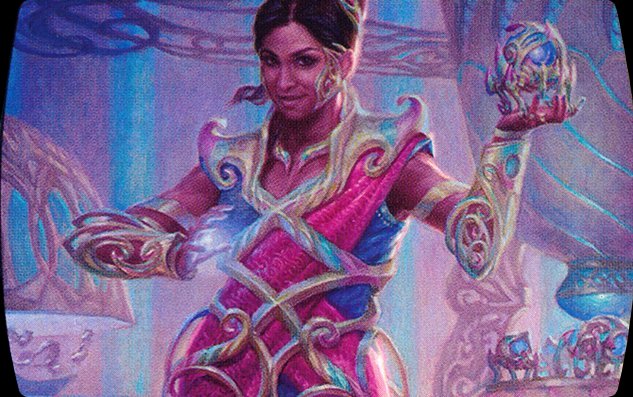
Saheeli, the Gifted
Utilize artifact synergy, mana rocks, and superfriends elements to generate value, combined with polymorph effects to cheat large threats like Blightsteel Colossus onto the battlefield and overwhelm opponents.
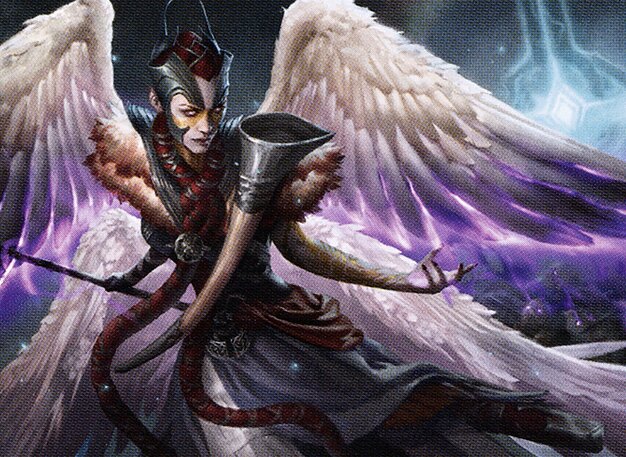
Firja, Judge of Valor
Leverage self-mill and graveyard reanimation to maintain board presence and control, using creatures like Dreadhound and powerful reanimation spells to outvalue opponents, while controlling the board with creatures that hinder others.
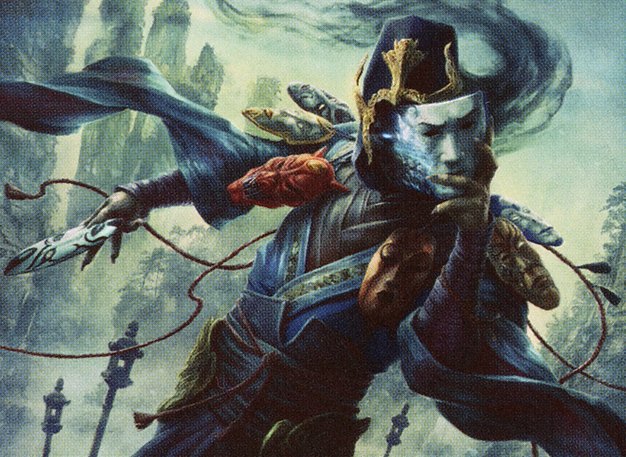
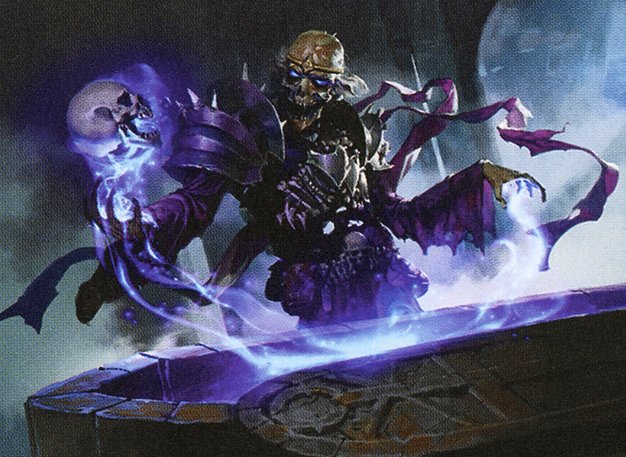

Sakashima of a Thousand Faces & Tormod, the Desecrator (with Gyruda, Doom of Depths companion)
Exploit cloning and enter-the-battlefield triggers by removing legendary rule with Sakashima and using Gyruda’s mill-based combo to chain multiple ETBs, enabling massive board swings and milling opponents toward a Thassa's Oracle win or damage.
Gameplay Insights
- 1
The use of Sakashima to remove legendary rule enabled multiple cloning triggers to chain, creating a snowball effect that generated overwhelming board presence and milling triggers with Gyruda.
- 2
Blasphemous Act was a critical turning point, wiping the board and forcing players to rebuild, disrupting Firja’s Dreadhound and tempo.
- 3
Saheeli’s polymorph into Blightsteel Colossus was a major threat that demanded immediate attention and removal from opponents, highlighting the power of cheat-large-creature combos.
- 4
Zirda’s strategy of using activated ability cost reductions to fuel card draw and token generation allowed for explosive turns culminating in Purphoros and Cathar's Crusade synergy for heavy damage output.
- 5
Firja’s graveyard recursion and control elements kept her relevant even after board wipes, using creatures and spells to stabilize and pressure opponents.
- 6
Strategic use of Scroll Rack and Land Tax by Zirda’s player showcased effective hand and mana base manipulation to maintain card advantage.
- 7
The interaction between mass reanimation and enter-the-battlefield triggers from multiple decks created complex and dynamic board states, requiring careful removal and timing from all players.
Notable Cards
-

Blasphemous Act
-
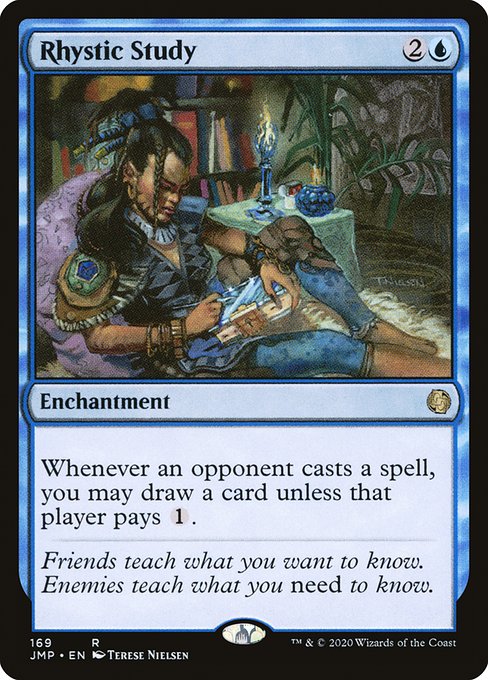
Rhystic Study
-
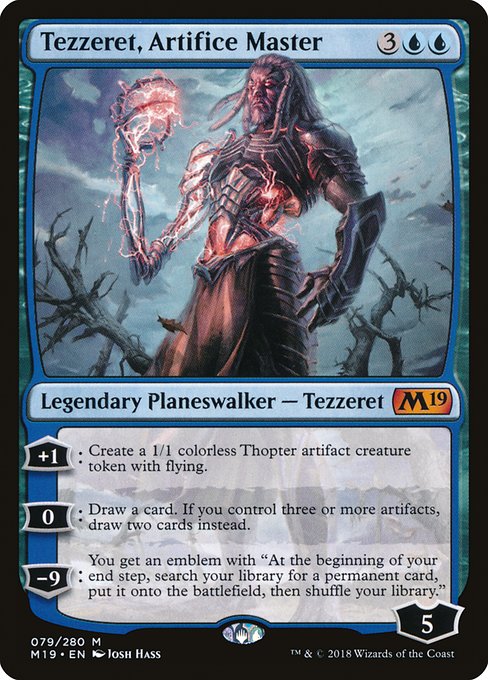
Tezzeret, Artifice Master
-

Blightsteel Colossus
-
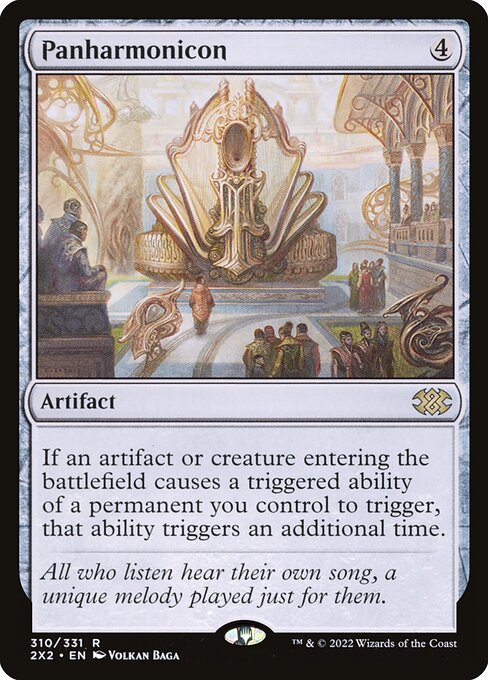
Panharmonicon
-

Gyruda, Doom of Depths
-

Sakashima of a Thousand Faces
-

Dread Return
-

Massacre Wurm
-
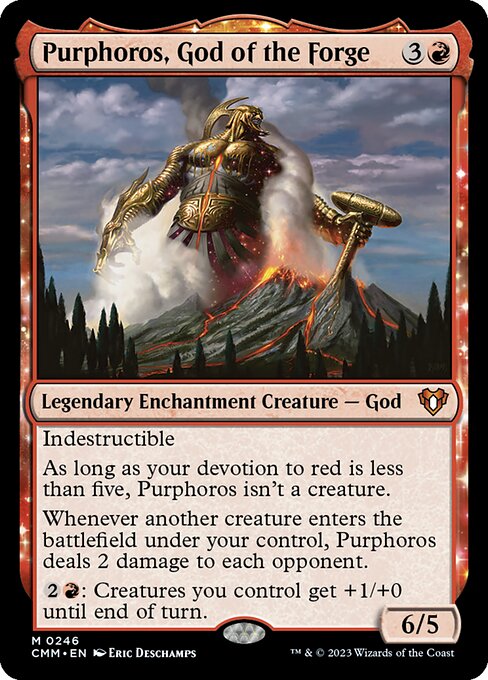
Purphoros, God of the Forge
-
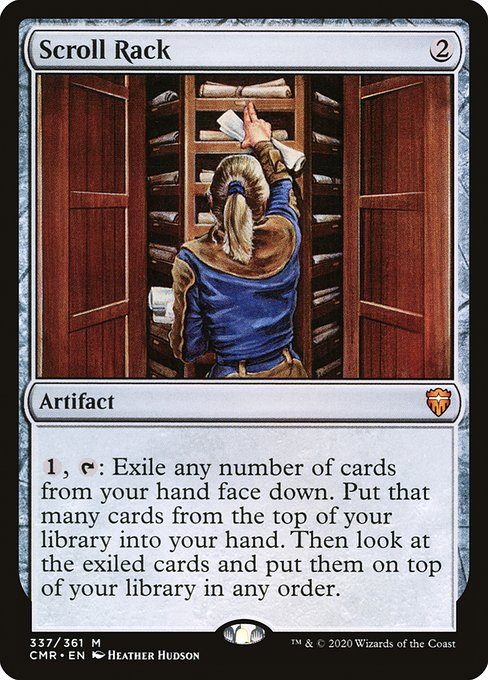
Scroll Rack
-
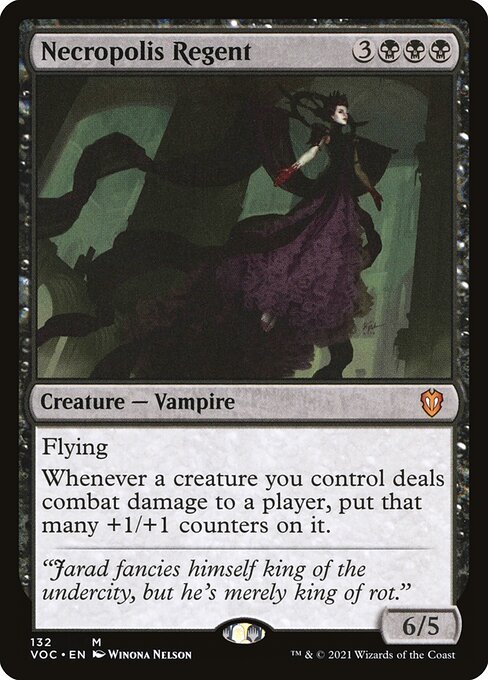
Necropolis Regent
-
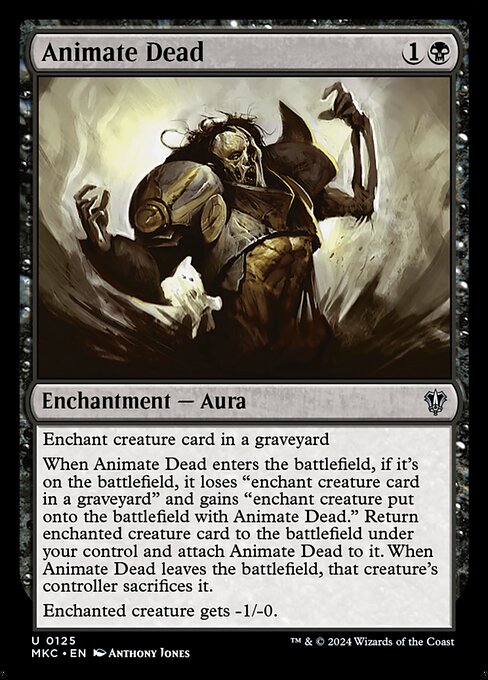
Animate Dead
-
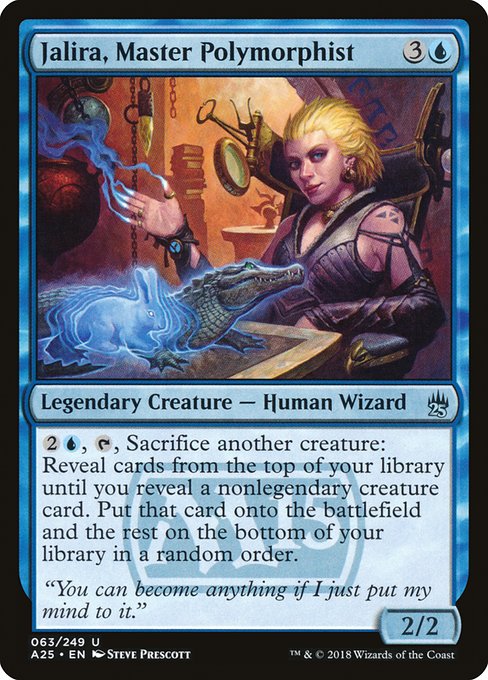
Jalira, Master Polymorphist
-
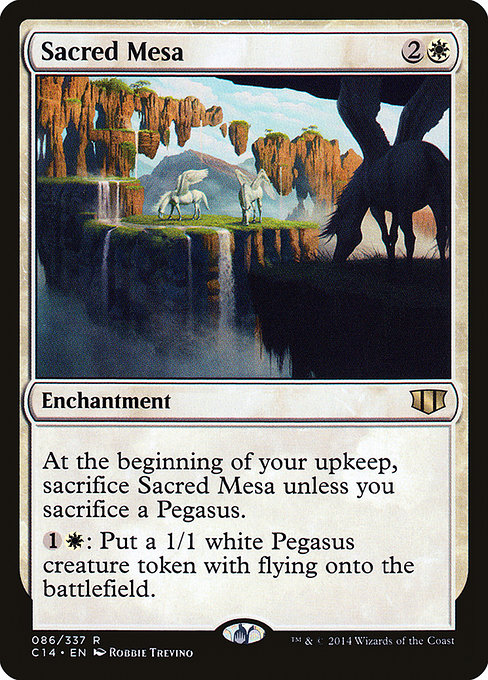
Sacred Mesa
-

Ugin, the Ineffable
Gameplay Summary
The game began with each player establishing their mana base and early board presence, with Zirda focusing on token generation and card draw, Saheeli leveraging artifact synergy and polymorph effects, Firja setting up graveyard interactions and reanimation, and Gyruda aiming to chain clones and mill opponents.
Early turns saw careful land drops and development of key pieces such as Rhystic Study, Saheeli, Firja, and Sakashima.
A pivotal moment occurred when a board wipe via Blasphemous Act cleared much of the battlefield, significantly impacting Firja’s Dreadhound and forcing players to rebuild. As the game progressed, Gyruda's companion and Sakashima enabled a flurry of enter-the-battlefield triggers, allowing for extensive milling and reanimation plays that kept the board dynamic and threatening.
Saheeli’s polymorph into Blightsteel Colossus posed a major threat, though it was eventually dealt with.
Firja’s reanimation and graveyard synergies remained strong, while Zirda set up a powerful offensive with Purphoros and Cathar's Crusade to capitalize on tokens.
The late game featured intense interactions with mass reanimation, control via board wipes and removal, and the threat of milling out players through Gyruda’s abilities, culminating in high-impact moves like mass creature returns, repeated cloning, and strategic removal of key threats.
The game showcased complex board states with multiple combos and synergy-driven plays vying for control and victory.
















![Commander VS S14E5: Lord Windgrace VS Saheeli VS Aminatou VS Estrid [EDH] thumbnail](https://i.ytimg.com/vi/JC-3BaczJhU/sddefault.jpg)























![Firja vs Lathril vs Magda vs Tergrid [Big Fat Budget EDH/Commander Game] 2021 thumbnail](https://i.ytimg.com/vi/T-b_rIkmGA4/sddefault.jpg)
![Lathril vs Magda vs Tergrid vs Firja [EDH/Commander, Magic The Gathering Gameplay] 2021 thumbnail](https://i.ytimg.com/vi/OppVL5QAPqo/sddefault.jpg)
![$125 Budget!! Firja vs Lathril vs Lynde vs Tovolar [EDH/Commander, Magic The Gathering Gameplay] thumbnail](https://i.ytimg.com/vi/bRtAPE8DXIw/sddefault.jpg)

